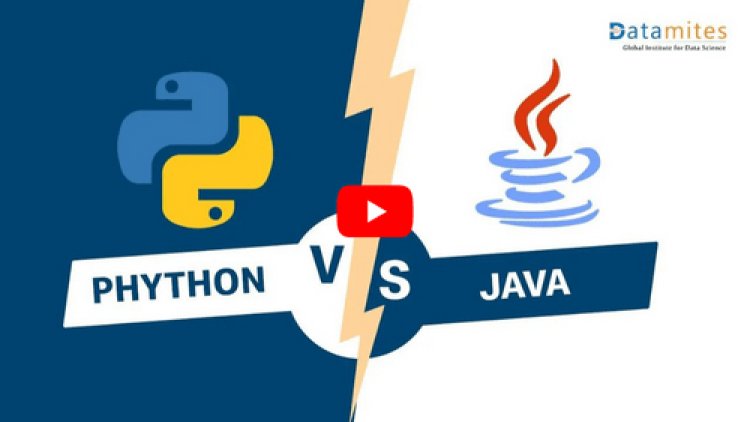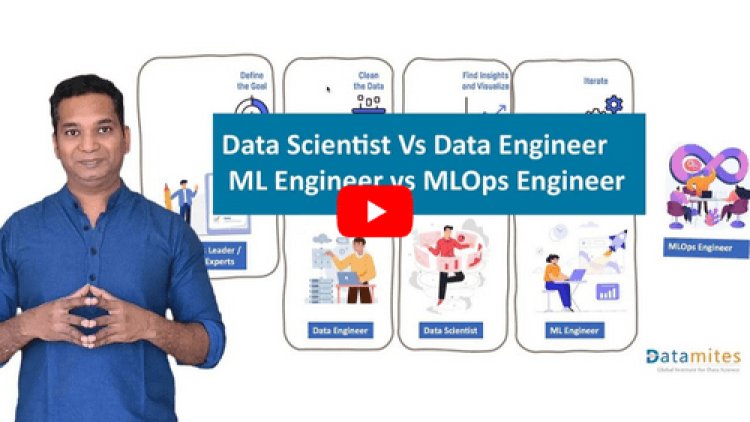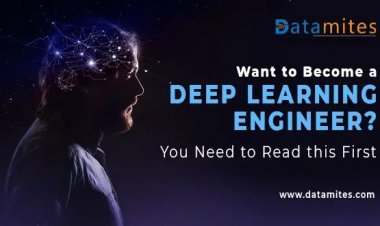Python Libraries For Data Science
Discover the top Python libraries that make data science easier, from data manipulation to machine learning. Learn how these tools can streamline your workflow and boost efficiency.

One of the most widely used programming languages in the computer industry is Python, particularly in the fields of data science and its subfields. Python is more similar to a language that a human being can understand than computer-level languages like C++ or Java. It is a user-friendly language that may be applied to a variety of applications. Due to Python’s popularity, there are more than 130,000 packages available for a variety of applications
This article is for people who are new to data science or are interested in learning what is required to create data science applications in Python and also what exactly do the terms “packages” and “library” signify in Python.
What Is Data Science?
For qualified people, data science has become a very viable job path. The ability to give insights and solutions based on data is the actual essence of data science. There are many misconceptions about data science; using the data science life cycle will help you grasp it better.
Data science considers the entire process, from comprehending business needs to getting the data ready for model construction to eventually deploying the insights. Different experts, including Data Scientists, Data Engineers, and Data Analysts, are in charge of the entire process.
Refer these articles:
- R Vs Python
- Essential Skills That You Need To Become A Data Scientist
- Why Python is Important for Data Science Course
Why Python For Data Science?
Without a question, Python is the language that a data scientist should use. I’ve outlined a few reasons below that will clarify why people choose Python:
- Free, adaptable, and potent open-source language Python
- Python’s easy-to-read syntax reduces development time in half.
- You can manipulate, analyze, and visualize data using Python.
- Powerful libraries for machine learning applications and other scientific computations are available in Python.
Why Python Programming Language
What Are Python Libraries?
A reusable section of code is collectively referred to as a “library.” A Python library is made up of code that may be used again and again when writing code for a particular application. To be more specific, a collection of modules is referred to as a package, and a collection of packages is referred to as a module.
Python has become one of the most commonly used languages in the world in part because of this. In addition to being simple to use and having a wide range of applications, Python has a very helpful community that has countless potential solutions for any problems you may encounter. Backend, frontend, middleware, data science, machine learning, artificial intelligence, deep learning, and even something as basic as mathematics can all be done using Python!
Refer these articles:
- Data Science Training Course fees in India
- How To Become Data Scientist In India
- How much is the Python Course Fee in India
Python Libraries Used In Data Science
When Python is used effectively, as it is at this point, amazing things can happen. The Python programming language comes with a large number of libraries for scientific computing, analysis, visualization, etc. Following is a list of some of them:
- NumPy:- A library for numerical processing called NumPy supports arrays and matrices with texts, complex numbers, floating-point numbers, and integers. Additionally, it has statistical operation functions like interpolation and integration. Both vectorization and array math procedures are supported. This significantly boosts performance and hence shortens the execution time. If you don’t have a license or prefer Python to Matlab, you can also use NumPy as a substitute for Matlab.
- Pandas:- A well-known data analysis library called Pandas provides quick, adaptable, and expressive data structures that are intended to make dealing with structured or semi-structured data simple and natural. The tools users require to perform data munging, transformation, aggregation, visualization, analysis, and modeling are all available in one location thanks to Pandas, which is built on top of NumPy. It’s a fantastic tool for every data scientist to have in their toolkit because it can be used for everything from time series analysis to simple numerical operations.
- MatplotLib:- Python’s Matplotlib is a potent visualization library. It can be used in shell, web application servers, Python scripts, and other GUI toolkits. Using Matplotlib, you may use several plot types and see how many graphs function.
- Seaborn:- Python’s Seaborn library for statistical charting. Therefore, whenever you use Python, you will use Seaborn, which has lovely default styles and a high-level interface to make statistical visuals, as well as matplotlib (for 2D visualizations).
- Scikit-Learn:- The most practical Python library, Scikit-learn, is regarded as the basis for machine learning using Python. For applications involving data mining, it offers machine learning tools and methods. Model selection, grouping, regression, and classification procedures are all included. Additionally, it provides utilities for preprocessing data, including normalization and imputation of missing values. Instead of emphasizing data processing, Scikit primarily focuses on data modeling.
Certified Data Scientist (CDS) Program
Conclusion
Overall, Python is a great choice for data scientists due to its adaptability and flexibility. Python contains all the tools you require in a single package, from data manipulation and cleaning to machine learning and creating a dashboard. Despite the fact that the data science community has access to a large number of Python libraries, this is a useful starting point.
Take the Certified Data Science Course offered by DataMites®, a famous data science institute, to learn more about how these libraries are used in the real world if you want to become a knowledgeable data scientist and comprehend the Python libraries in your toolbox.
DataMites Institute is a leading destination for individuals seeking comprehensive training in data science. Renowned for its cutting-edge curriculum, DataMites offers a top-notch data science course designed to empower students with the skills demanded by the industry. With a focus on hands-on learning and real-world applications, the institute ensures that participants gain practical insights into the dynamic field of data science. DataMites takes pride in providing a conducive learning environment and expert instructors who guide students through the intricacies of data analytics, machine learning, and more. Elevate your career with DataMites data science training and unlock a world of opportunities.
DataMites' Python course offers expert-level training in Python programming, equipping you for real-world software development and data analysis. The curriculum covers essential concepts, hands-on projects, and practical applications. With certifications from IABAC and NASSCOM FutureSkills, DataMites stands as a leader in Python education. Backed by a decade of experience, the institute has empowered over 100,000 learners worldwide.
Data Scientist vs Data Engineer vs ML Engineer vs MLOps Engineer








